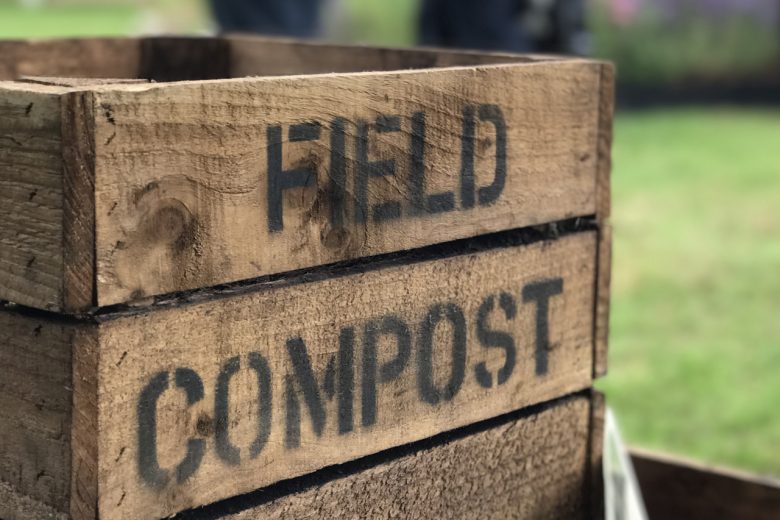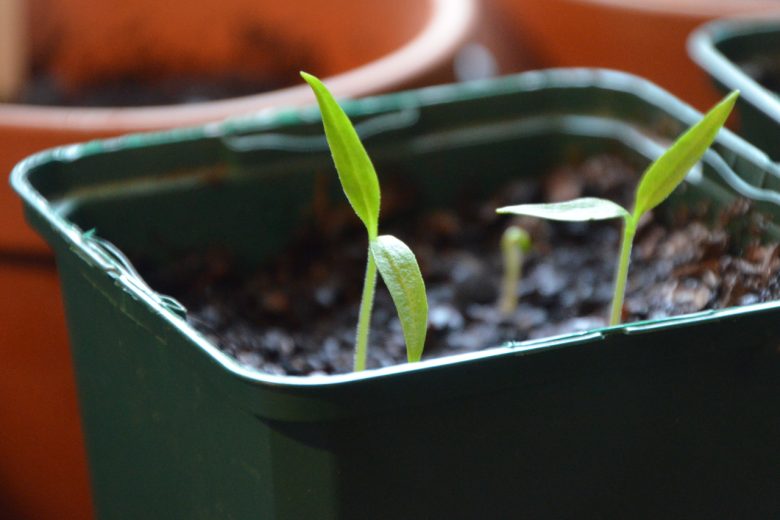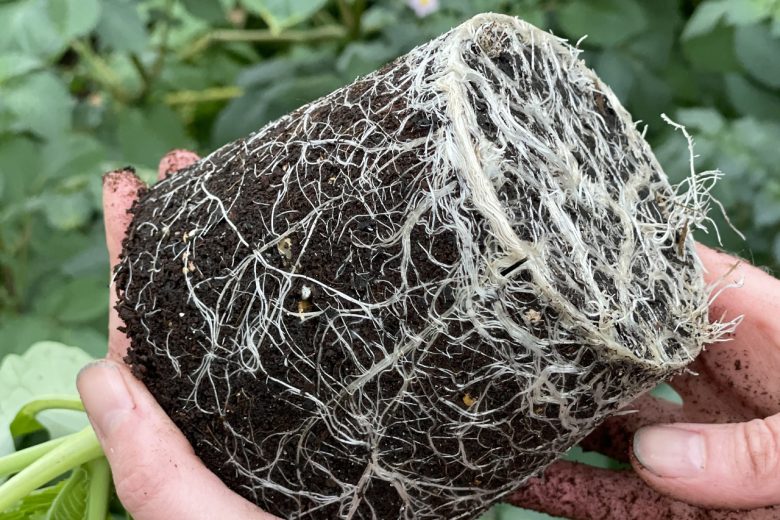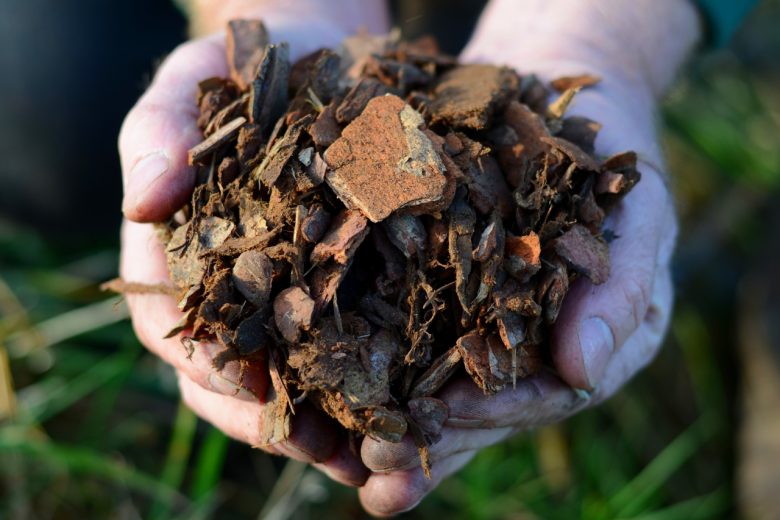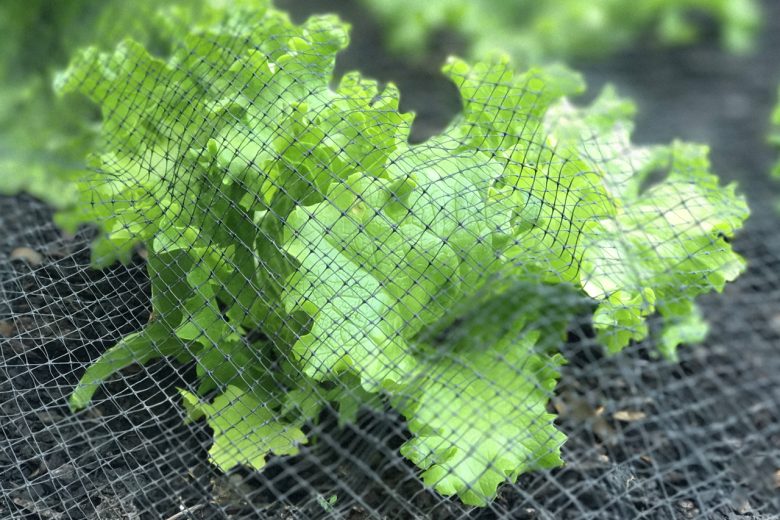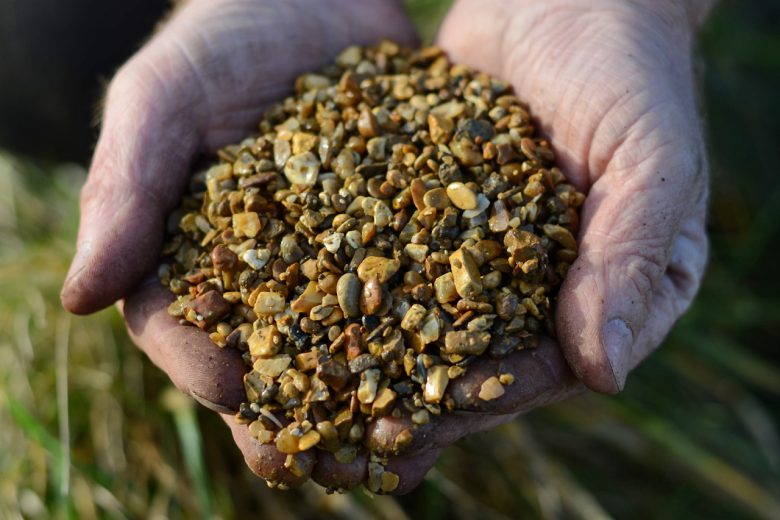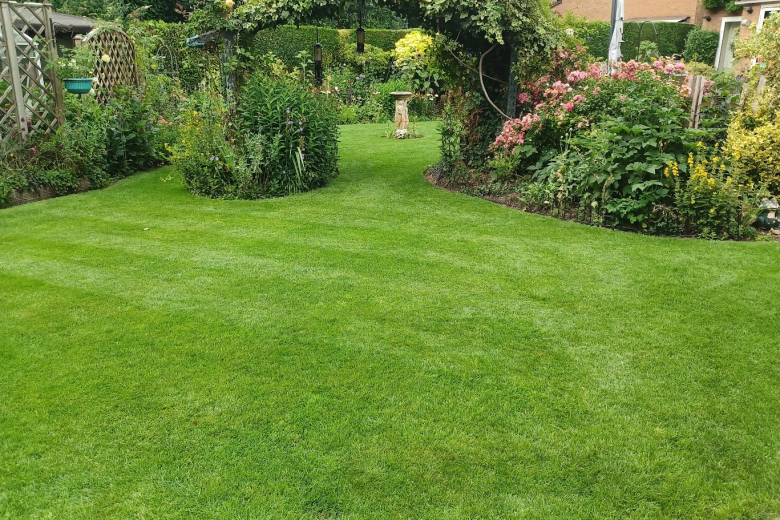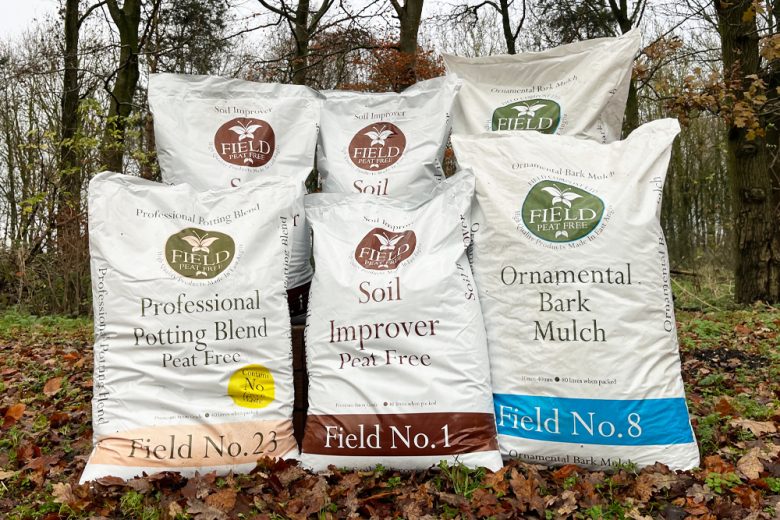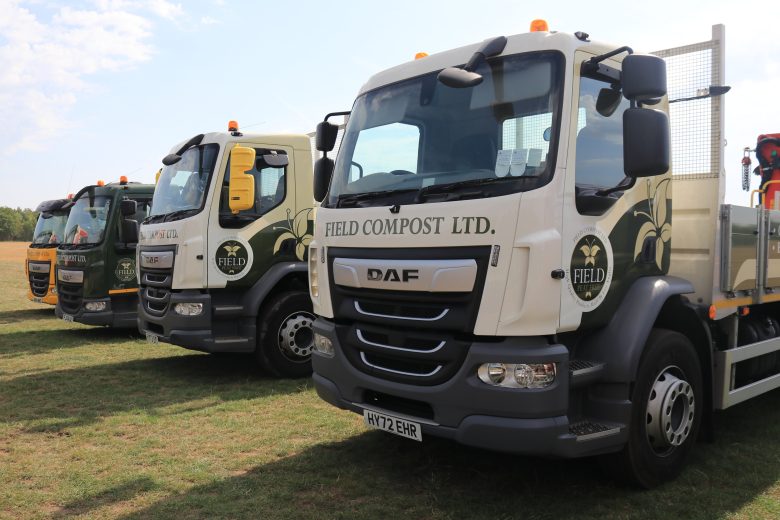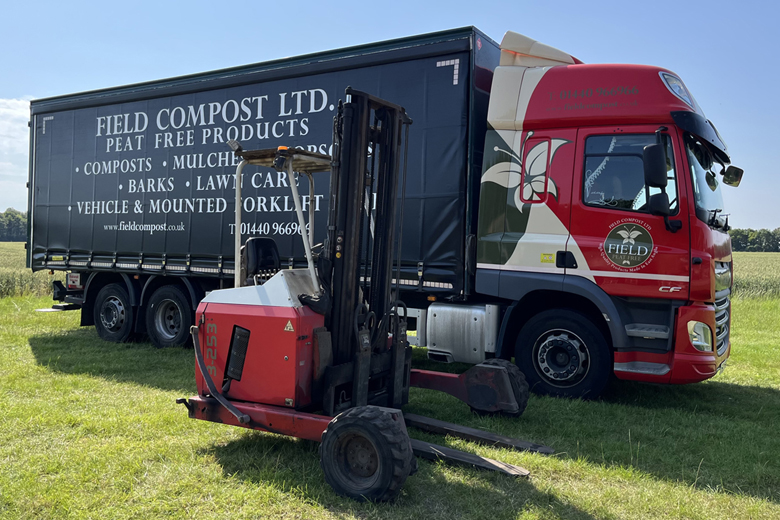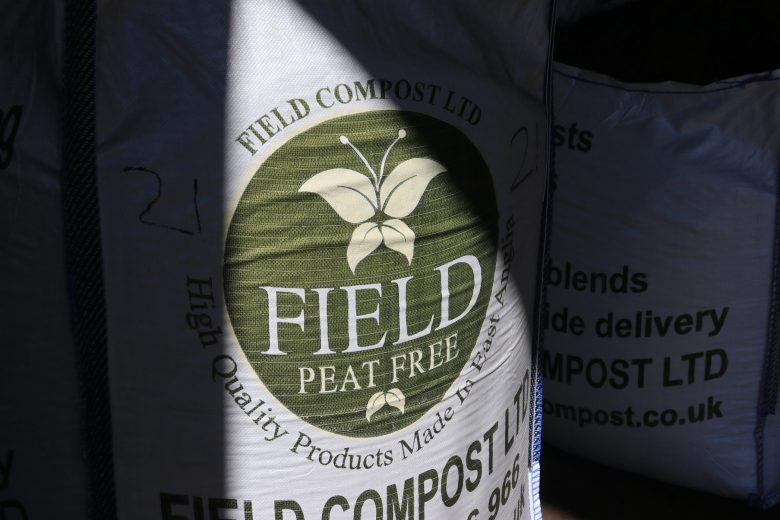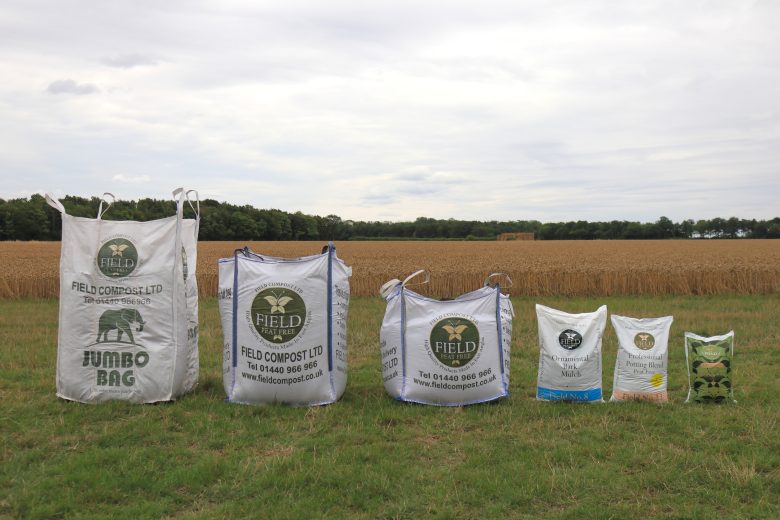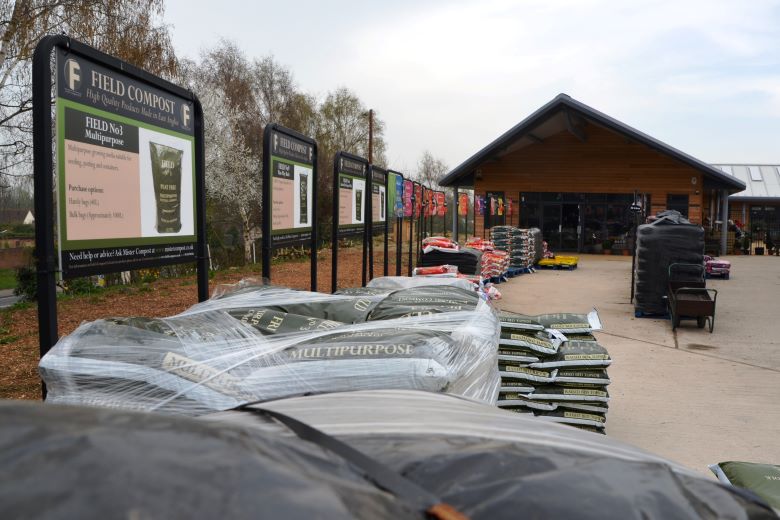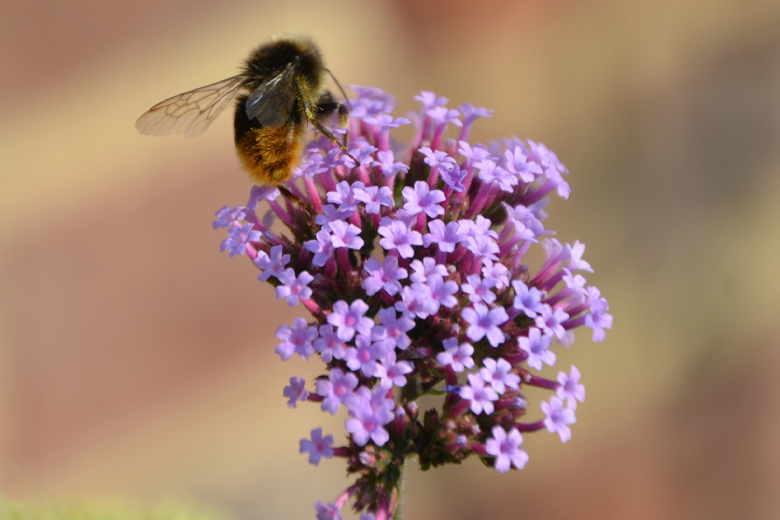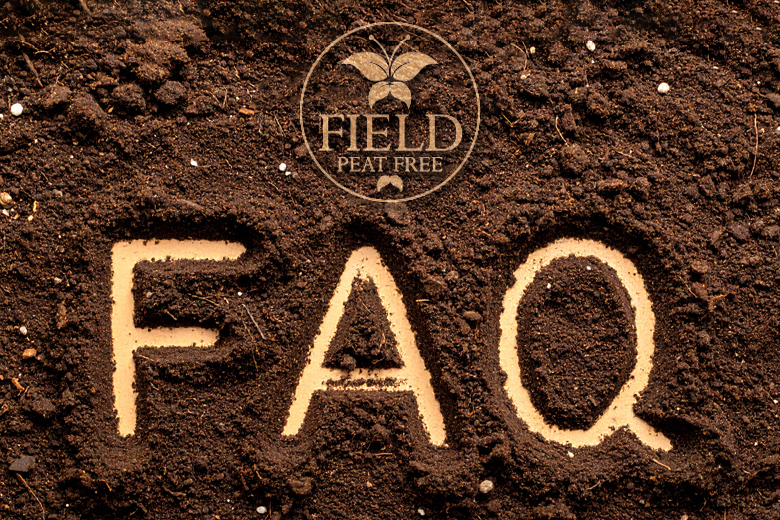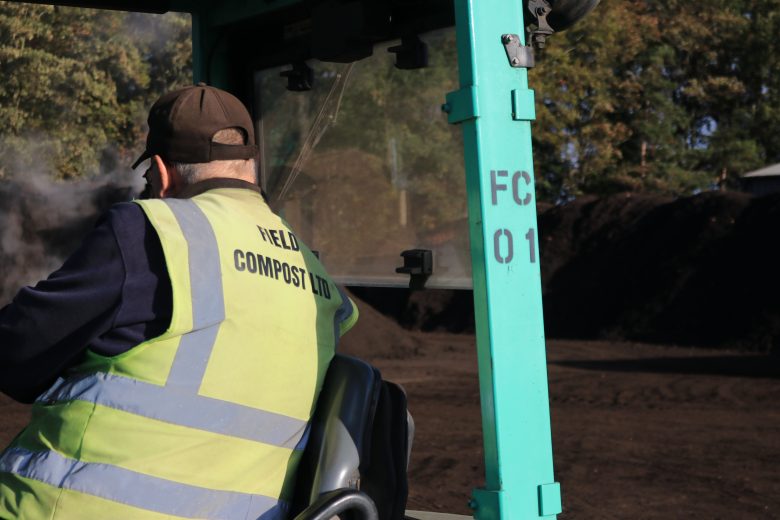Environment – What is Peat?
Peat forms in wetland areas via the accumulation of partially decayed vegetation; mainly sedges, grasses, reeds and mosses. The peatland ecosystem is the most efficient carbon sink on the planet because peatland plants capture the CO2 which is naturally released from the peat; this maintains an equilibrium. Peat reserves take thousands of years to form and replenish at a rate of less than 1mm in depth a year.
Why choose Peat Free?
The commercial extraction of peat for use in gardening is unsustainable and leads to the destruction of peatlands. This land is important for biodiversity, carbon storage and flood-risk management, so should be saved. With few exceptions the use of peat in horticulture is unnecessary. The UK horticultural industry is still hugely reliant on the use of peat in growing media products. In 2014 the industry consumed over 2 million cubic metres of peat from UK and European sources, that’s enough to fill over 800 Olympic sized swimming pools! At this rate the UK would require a peat bog the same area as Greenland to sustainably meet annual demand.
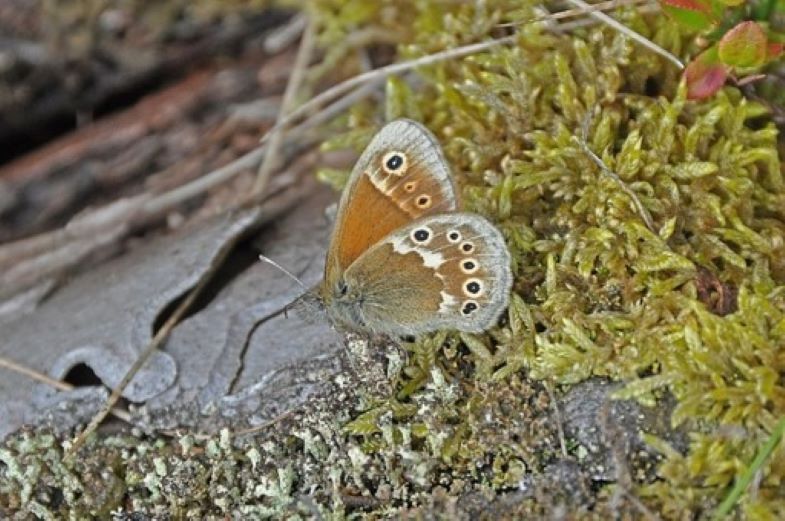
Large Heath Butterfly
